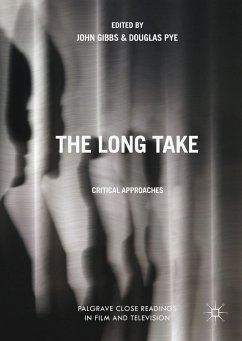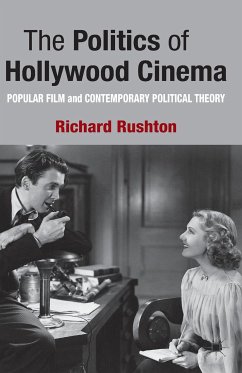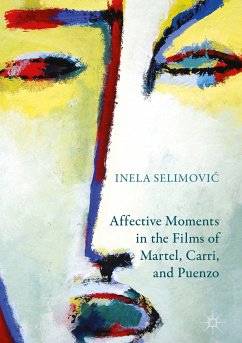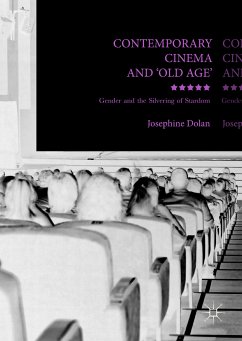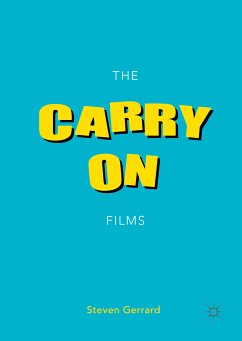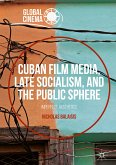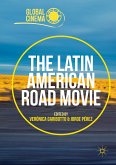In keeping with the approach of Palgrave Close Readings in Film and Television, this collection is devoted to the detailed critical analysis of specific long takes, explored in terms of how they function within their contexts, how they shape the visual field, the meanings they generate and the effects they create. The Long Take: Critical Approaches brings together essays by established and emerging scholars (all but one essay commissioned for this volume) in an exciting collection that analyses works from a range of filmmaking traditions, from the 1930s to the present day, selected to represent varied long takepractices and to explore associated debates.
Dieser Download kann aus rechtlichen Gründen nur mit Rechnungsadresse in A, B, BG, CY, CZ, D, DK, EW, E, FIN, F, GR, HR, H, IRL, I, LT, L, LR, M, NL, PL, P, R, S, SLO, SK ausgeliefert werden.

